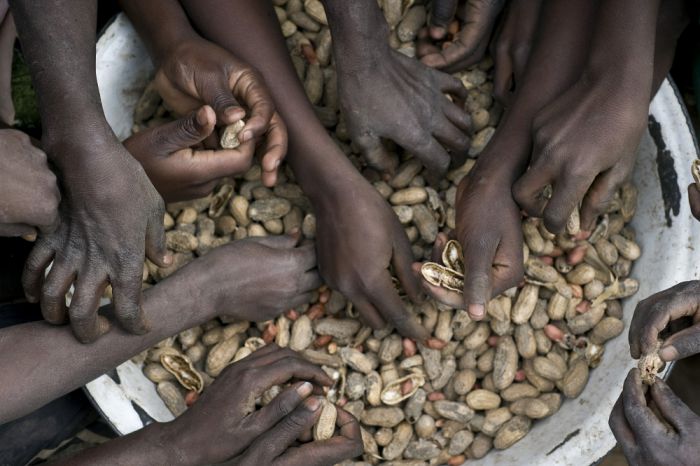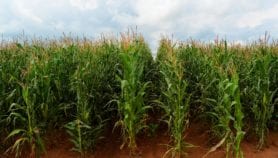Send to a friend
The details you provide on this page will not be used to send unsolicited email, and will not be sold to a 3rd party. See privacy policy.
[HARARE] A low-cost nitrogen fixing technology for legume crops is being given to small-scale farmers in Zimbabwe to improve national food and nutrition security.
The Chemistry and Soil Research Institute in Zimbabwe is distributing sachets that contain inoculated Rhizobia bacteria — a technique for adding bacteria to a carrier medium to improve biological nitrogen fixation — to farmers for increased yields and affordable organic fertilisers.
Emmanuel Chikwari, head of the institute, which is under the Ministry of Agriculture, Mechanisation and Irrigation Development, says this process is useful for meeting the nitrogen requirements of legume plants.
“This is a promising technology in the production of legume crops.”
Emmanuel Chikwari, Chemistry and Soil Research Institute, Zimbabwe
“This is a promising technology in the production of legume crops,” says Chikwari. “The inoculants can be added to the seed before planting.”
Nitrogen, he explains, is essential for photosynthesis, a process whereby plants make their own food in the presence of water, sunshine and carbon dioxide for vigorous growth and increased yields.
Chikwari says because of importation and transportation, mineral fertilisers are not only scarce in Zimbabwe but are also costly for many smallholders. For example, a 50 kilogram bag of mineral fertiliser costs US$40, which many smallholders cannot afford.
The situation, he explains, is worsened by the lack of imported fertilisers in many places to supplement local production.
“Nitrogen is the most limiting nutrient in the soils and the most common fertilisers are ammonium nitrate and urea but they are expensive,” Chikwari tells SciDev.Net.
Zimbabwe has second largest legume inoculant factory in Africa, after South Africa, providing inoculants for legumes such as soya beans, sugar beans, cowpeas and groundnuts, says Chikwari, noting that at least 60,000 farmers are using the inoculants in Zimbabwe.
Chikwari tells SciDev.Net that using mineral fertilisers on a hectare requires 300 kilograms of ammonium nitrate which cost about US$240. With the new technology, an inoculant sachet of 100 grams, which costs US$5, is enough for a hectare.
Farmers prepare one litre sugar solution (four tablespoon of sugar) and they empty the 100g sachet into the solution. The bacteria gets into the sugar solution and farmers sprinkle the resulting mixture on 25kg soya been seed according to Chikwari. All the seeds get completely coated.
Sheunesu Mpepereki, professorial chair of the Department of Soil Science and Agricultural Engineering at the University of Zimbabwe, says technology needs to be adopted in developing countries where most farmers are resource-constrained.
Garikai Ncube, manager at Zimbabwe-based commercial farm, Mavesere Farm, says their farm has had increased yields since they started using the technology in soya beans.
“If it is effectively used it bears fruits, and we have a competitive advantage compared to non-users of inoculants”, Ncube says.
Paul Dunduru, owner of Rurimbo farm, a smallholder farmer who has been using the technology and bought three sachets this season for three hectare of soya beans says, “It has better results than ammonium nitrate. Besides, rhizobium inoculants are subsidised by government, are cheaper and effective.”
This piece was produced by SciDev.Net’s Sub-Saharan Africa English desk.














